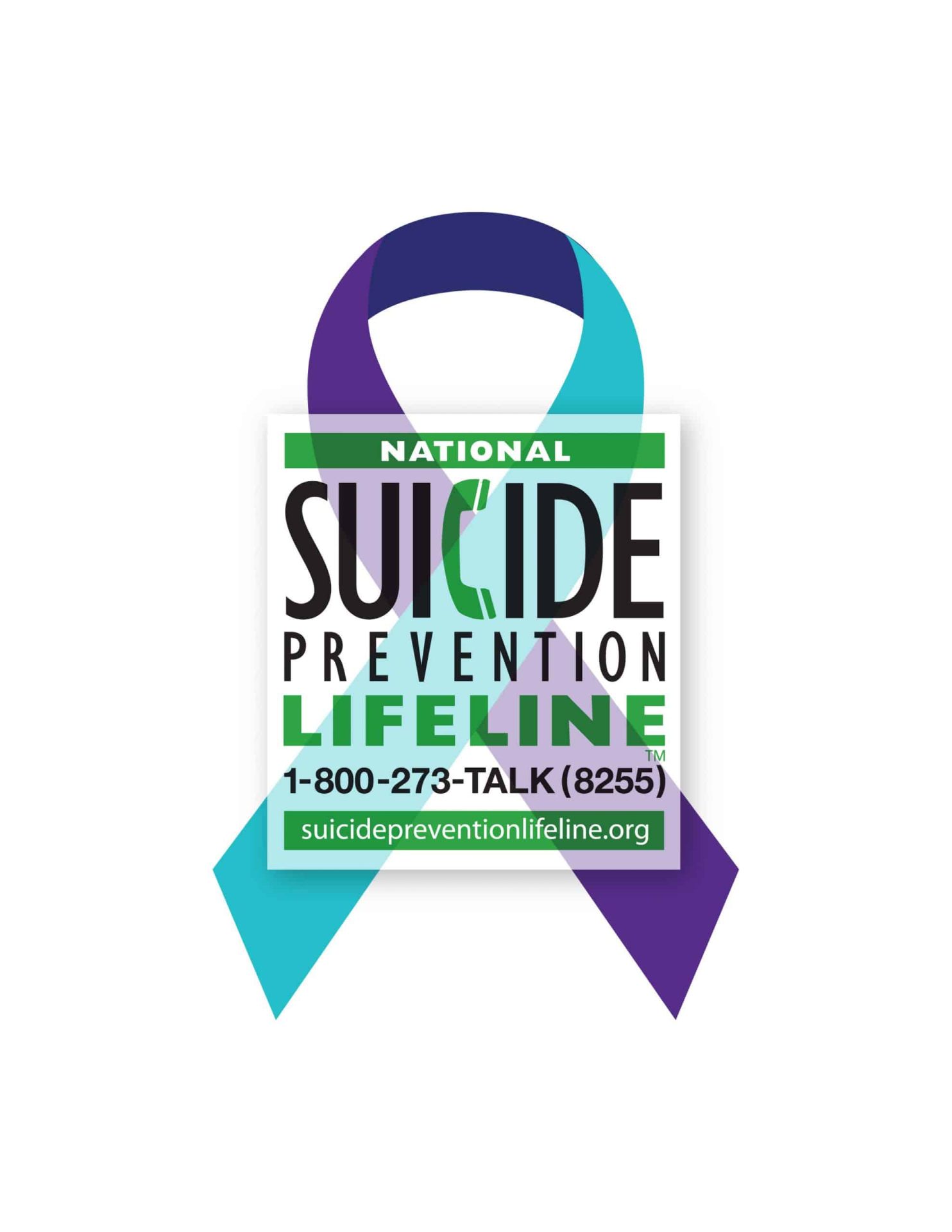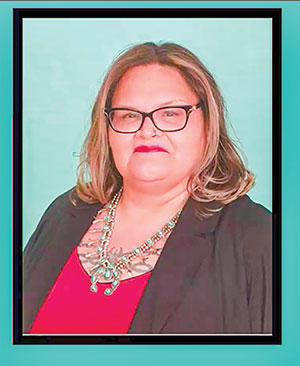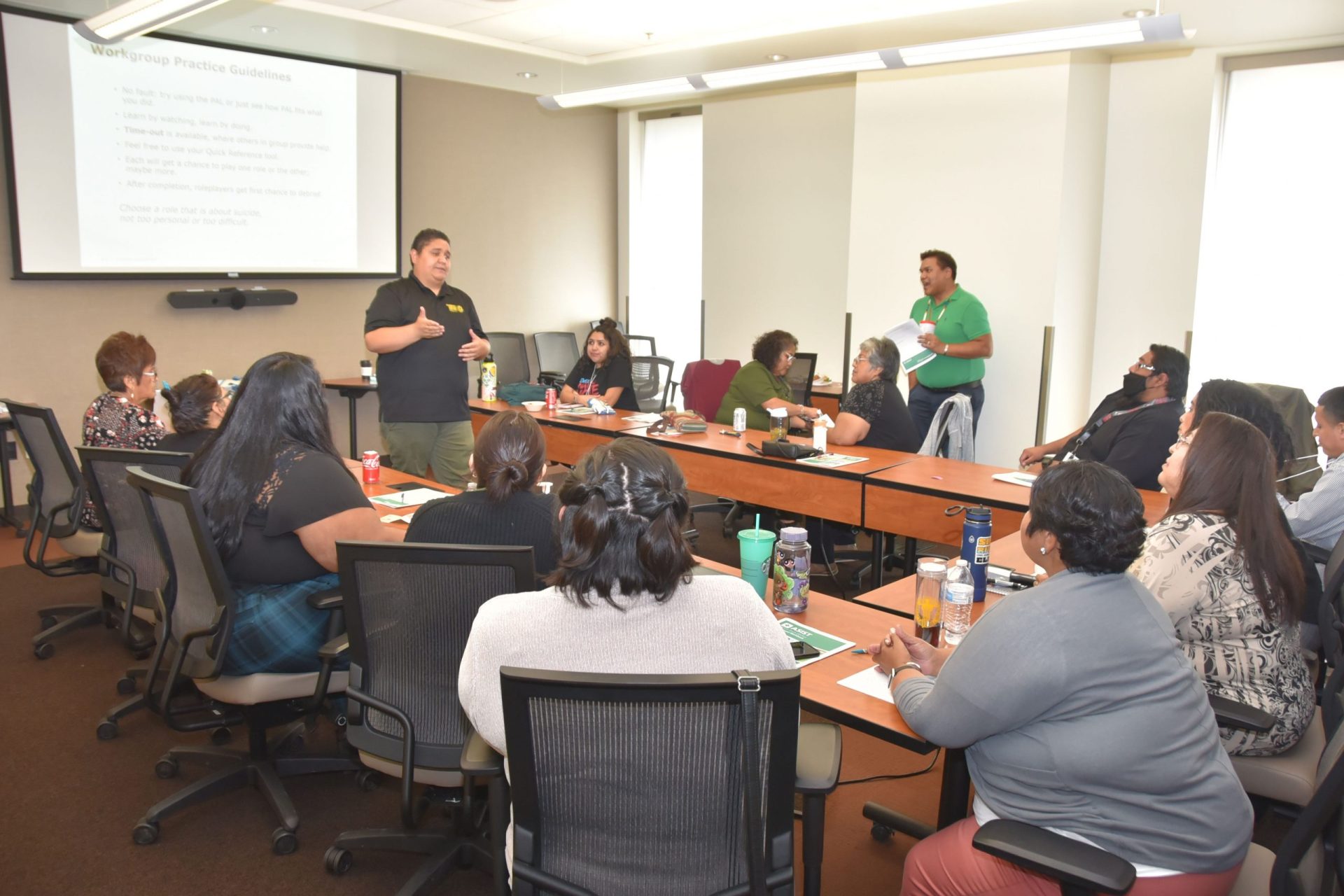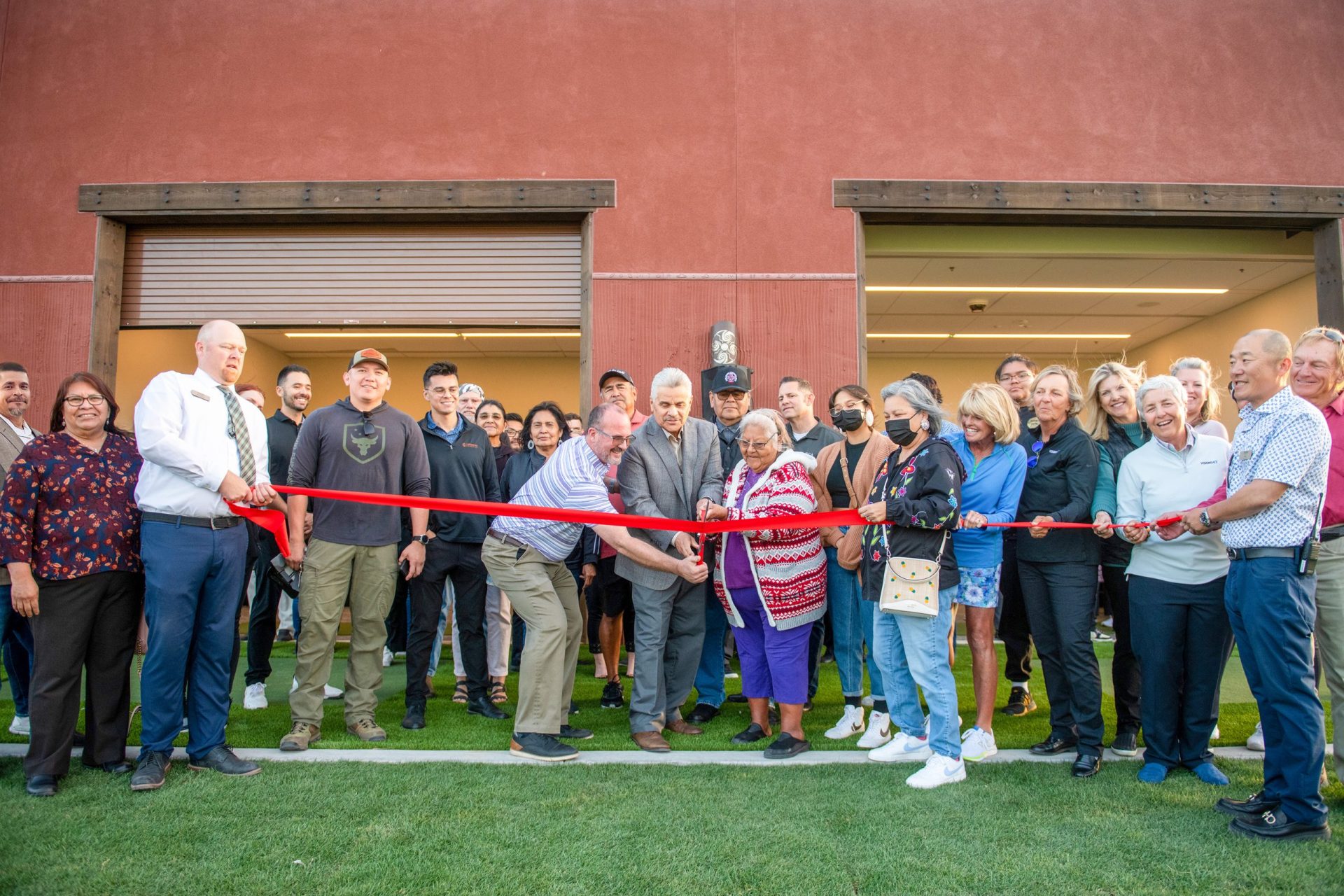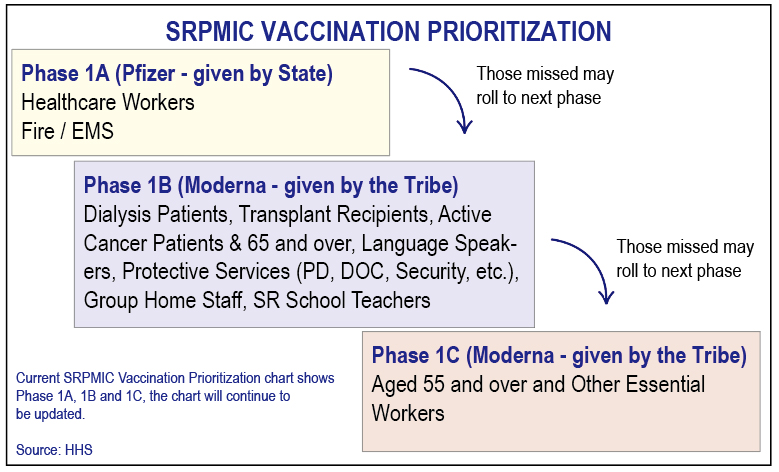VIEWS: 2708
October 5, 2021Suicide Awareness Conference Focused on Causes and Prevention
On September 22, the Salt River Pima-Maricopa Indian Community DHHS Prevention & Intervention Services held an online Suicide Awareness Conference, which focused on the causes and prevention of suicide.
After an opening prayer invocation, Monica Tsethlikai, PhD (A:shiwi [Zuni] Nation), associate professor at the T. Denny Stanford School of Social and Family Dynamics at Arizona State University, presented an in-depth and scientific look at causes of suicide.
According to Tsethlikai, epigenetics, which is the study of how behaviors and environment can cause changes that affect the way your genes work, plays a major role in schizophrenia, bipolar disorder and major depression.
Research on nutrition has shown that folic acid and vitamin B12 deficiencies during the fetal and early postnatal periods of life are key risk factors. About 28% of American Indians with children on reservations experience food insecurity, in comparison to 16% in the U.S. as a whole.
Stressful experiences prenatally and early in life contribute to a predisposition for disease and psychiatric disorders and may contribute to a cascade of events in the development of drug addiction. Drug addiction leads to modifications of the brain’s reward system, and these changes may be transferred to one’s children.
Tsethlikai also said that American Indians and Alaska Natives (AIAN) experience violent victimization at significantly higher rates than all other racial groups in the U.S., and AIAN women experience 2 to 3 times more violent victimization than women of any other race.
Since 1999, the suicide rate has increased 139% for AI women and 71% for AI men. For AI youth, suicide is the second leading cause of death, with the suicide rate 2.5 times higher than the national average.
There is good news, however. Studies show that embracing and restoring cultural practices can change epigenetics. Emotional health, environmental changes, exercise and proper nutrition can improve the genes of future generations.
“It can take multiple generations of sustained intervention to resolve intergenerational trauma,” said Tsethlikai.
Currently Tsethlikai is working on research that takes a look at stress, executive function (the cognitive processes in the brain that that enable us to plan, focus attention, remember instructions and juggle multiple tasks) and posttraumatic stress disorder (PTSD) symptoms among urban AI youth. The research is using cortisol concentration levels from hair samples.
The second presenter was Tallerita Tunney Rogers, LMSW, MPA (Diné), director of community development at Native Americans for Community Action (NACA), Inc. Tunney Rogers discussed the history of suicide prevention at NACA. The NACA won its first grant award in 2011 for suicide prevention and has expanded its work to Navajo and Hopi tribal lands and Apache and Navajo counties in Arizona.
The zero-suicide framework approach that Tunney Rogers presented includes these steps: lead, train, identify, engage, treat, transition and improve.
To prevent suicide, Tunney Rogers says a whole-system approach is used, which involves the microsystem (individuals, peers, family), the exosystem (school, community) and the macrosystem (culture, society, religion, policies and health plans). Also discussed were suicide prevention strategies as proposed by the Centers for Disease Control (CDC):
- Strengthen economic supports
- Strengthen access and delivery of suicide care
- Create protective environments
- Promote connectedness
- Teach coping and problem-solving skills
- Identify and support people at risk
- Lessen harms and prevent future risk
The conference ended with a presentation by Jenifer Macove, Behavioral Health Services manager for specialty services at SRPMIC, who gave an overview of the Salt River Crisis Team’s services and how they respond to suicidal ideation calls. A suicidal ideation is a term that describes range of contemplations, wishes, and preoccupations with death and suicide.
The Salt River Crisis Team is made up of six crisis workers who work 24/7 to answer the phone on the crisis line for many kinds of calls, including from individuals who are experiencing suicidal ideations.
“If somebody is experiencing suicidal thoughts, or if is there a friend, family member, an acquaintance or anybody who is concerned about someone they know who is making suicidal ideation calls, we want them to call our Salt River Crisis Team. We will go out and respond,” said Macove.
“We will meet with that individual and complete an assessment on them to determine with them if they have active suicidal ideations such as a plan, means, intent, or if it’s a passive suicidal ideation thought. [It could be] depression, but they don’t want to end their life, they are just feeling down and hopeless. If it is active suicidal ideation, then we recommend a higher level of care, we will take that individual to a hospital for an evaluation just to keep them safe.”
The phone number for the Salt River Crisis Team is (480) 850-9230.

